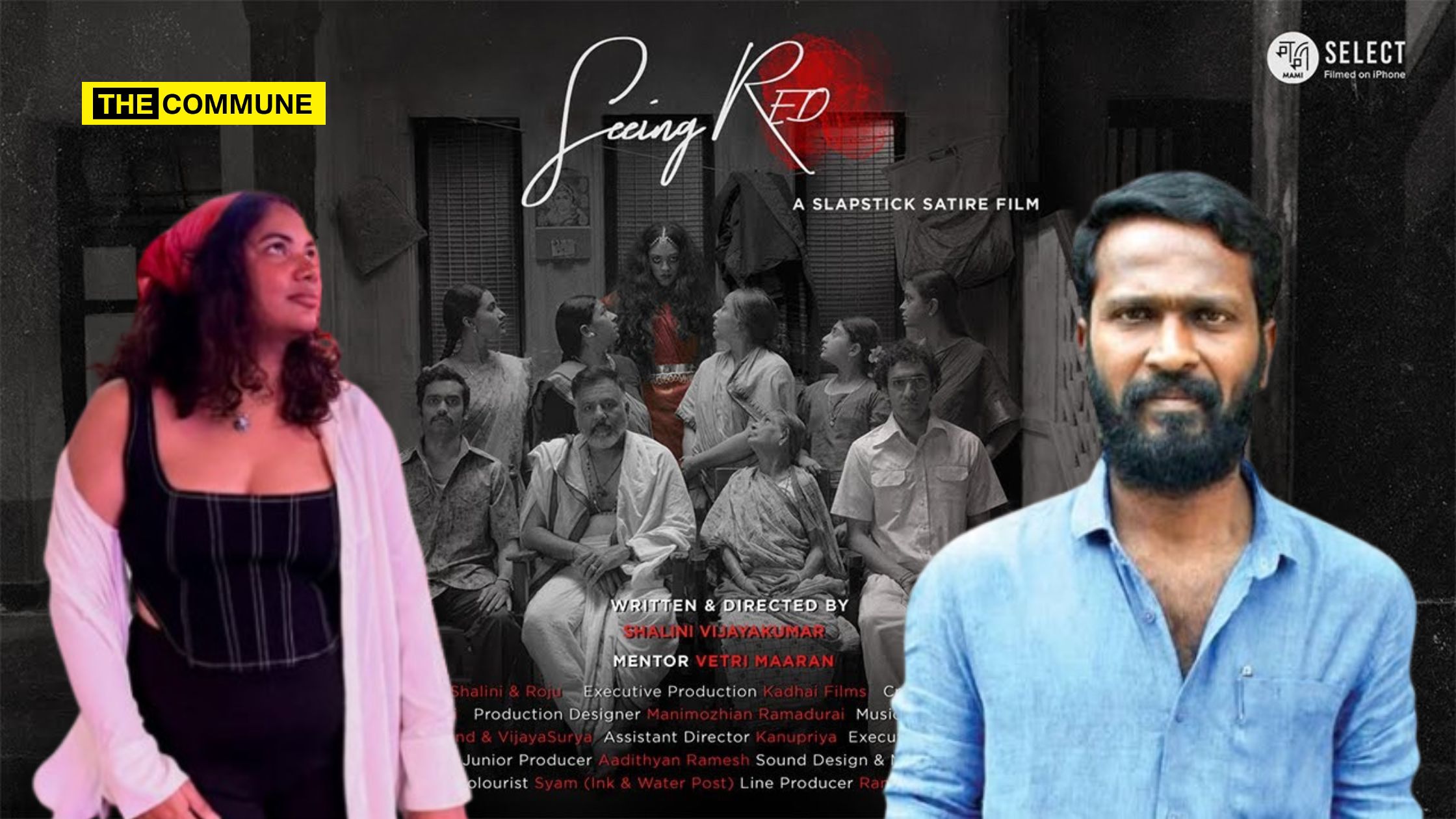
Shalini Vijayakumar’s Seeing Red, a short film mentored by Vetri Maaran, claims to be a “comedic horror” about repressed women in a 1980s Tamil Brahmin household. Instead, it devolves into a lazy, exaggerated caricature that reduces an entire community to regressive tropes—patriarchal tyrants, bitter women, and a ghost who exists solely to amplify their grievances.
Poor Storytelling & Forced Agendas
The film revolves around the father, his wife, his mother who is bedridden, the two sons and their wives and the elder son’s daughter. There is an additional widowed sister who also stays in the same home. This ghost suddenly makes an entrance one day and becomes visible only to the women of the house. The director then tries to tell a story in a comedy horror format which fails even worse than RCB!
The film’s central premise—women screaming in fear, then screaming in “liberated” rage—feels less like social commentary and more like a juvenile tantrum.
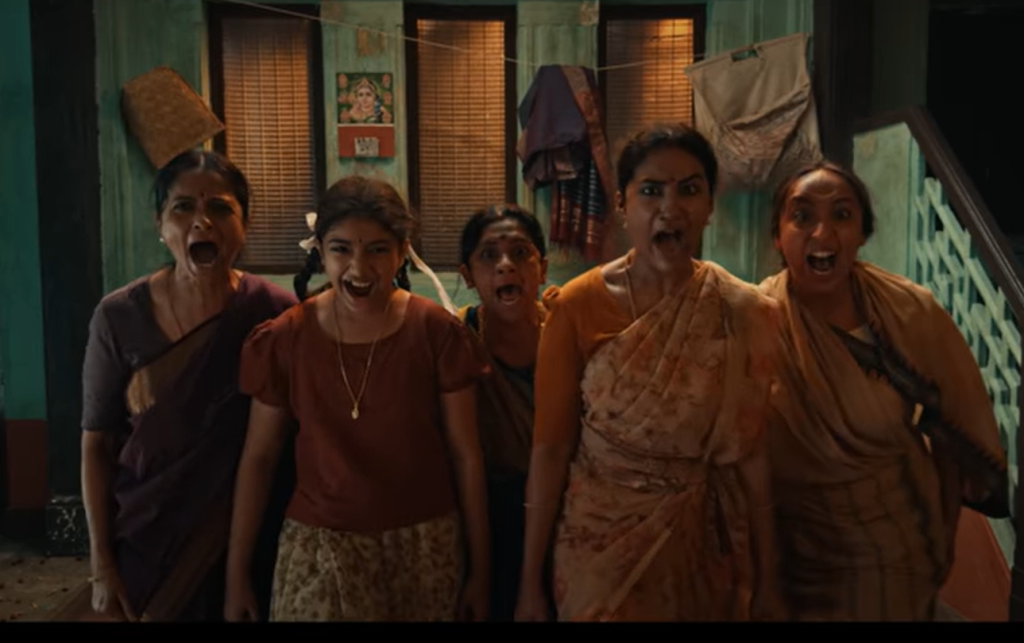
The ghost, far from being eerie, is comically inept, flailing around like a low-budget Halloween prop. When it possesses the wife, making her call her bedridden mother-in-law a “vegetable,” the message is unclear: Is the director advocating neglect of the elderly? Or is this just cheap shock value?
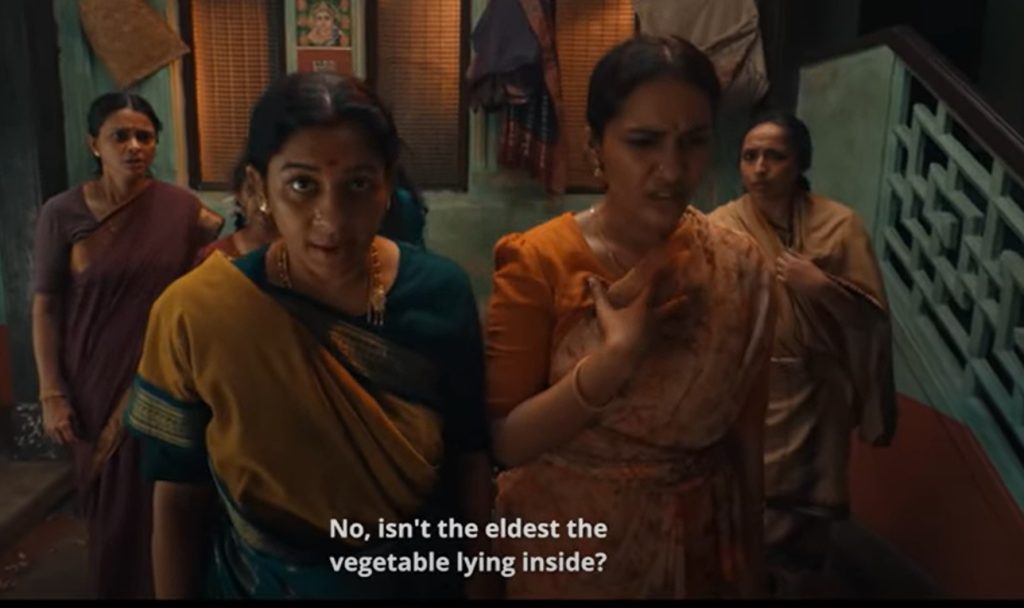
Equally baffling is the subplot about a father not hugging his daughter post-puberty—a cultural norm in many conservative households, not exclusive to Brahmins. The film frames this as oppression rather than tradition, raising the question: Is Vijayakumar suggesting that personal boundaries equal abuse? Or is she pushing the tired narrative that Brahmin men are inherently creepy?
Inaccuracies That We Note
Set in 1986, Seeing Red fails miserably in period detailing. The father sports a modern haircut, and the walls feature freedom fighters like V.O. Chidambaram Pillai (VOC) and Tirupur Kumaran—unlikely decor in a traditional Tamil Brahmin home. Such sloppiness exposes the director’s lack of research, reducing the film to a series of staged gripes rather than a genuine exploration of familial dynamics.
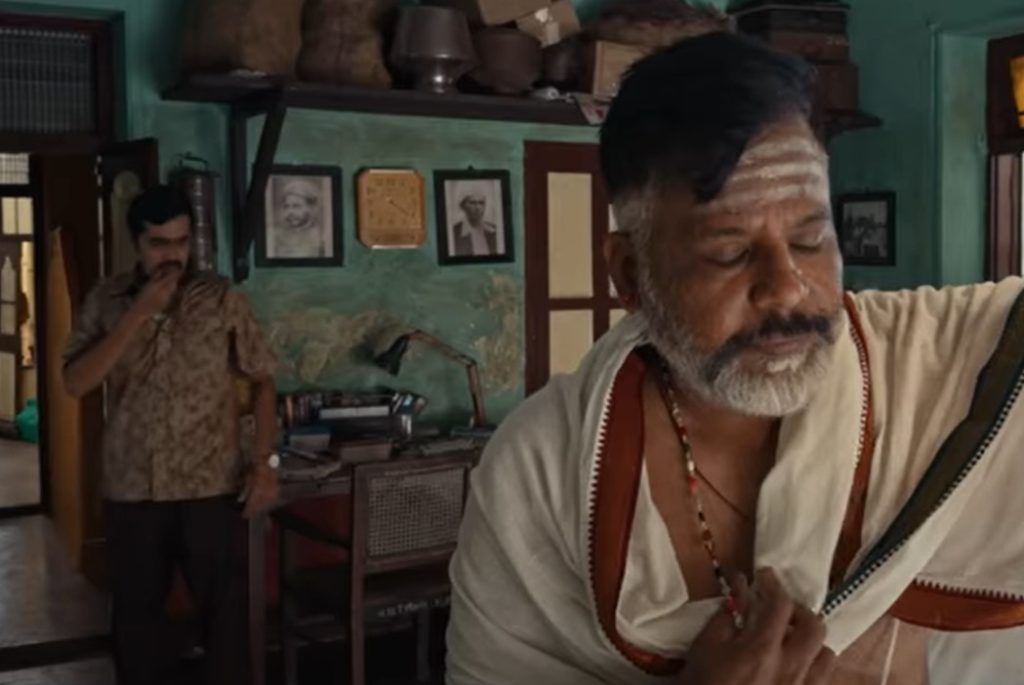
Additionally, the father (played by Badava Gopi) sports a distinctly 2025 haircut as you can see above – so much for detailing?
The Vetri Maaran Connection & the Dravidian Playbook
Unsurprisingly, the film bears the fingerprints of mentor Vetri Maaran, who previously produced Bad Girl—another project that painted Brahmins as oppressive villains. The formula is predictable:
- Portray Brahmin households as toxic patriarchy hubs.
- Frame tradition as oppression and rebellion as liberation.
- Offer no solutions, just rage—preferably screamed loudly.
This isn’t art; it’s ideological conditioning. The closing song declares, “To be praised and worshipped is not truly womanly.” So, what is? Eternal victimhood? Unhinged screaming? What is this line supposed to convey? That society should stop honoring women? Or that traditional reverence for womanhood is another form of oppression? The film’s shallow feminism offers no answers, only resentment.
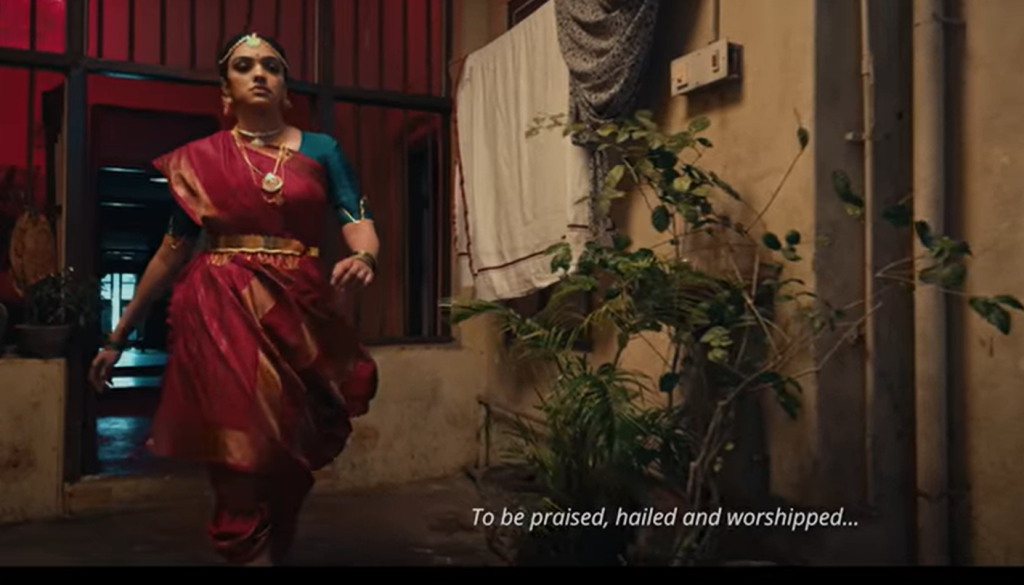
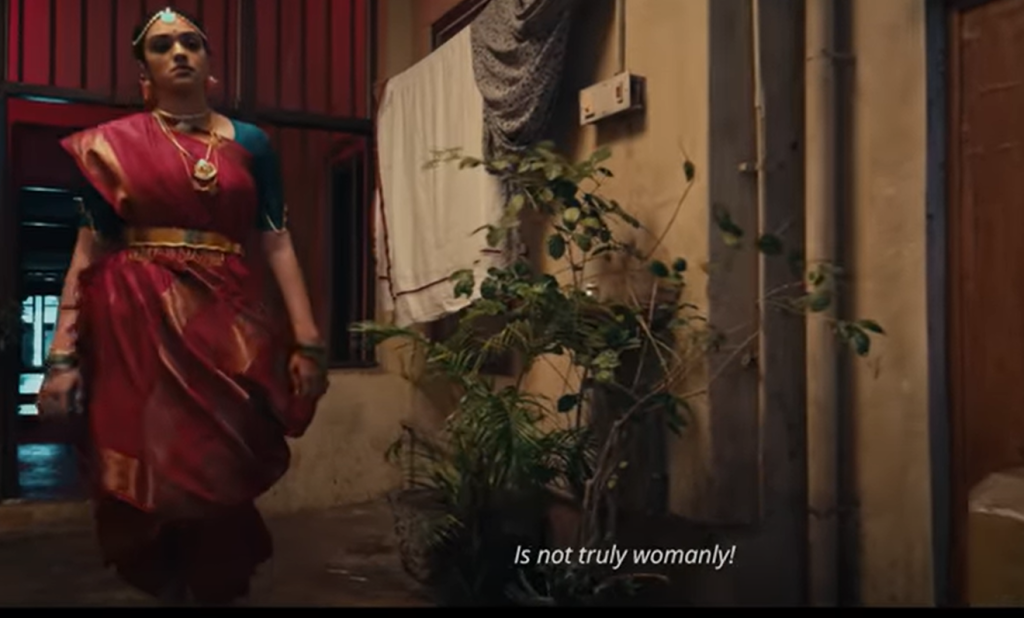
Shalini’s Seeing Red is mentored by Vetri Maaran. Notably, he also backed Bad Girl, another film that vilified Brahmin customs under the guise of feminist liberation. A pattern emerges: tie “toxic patriarchy” exclusively to “Brahminical oppression,” suggest that liberation is only possible by rejecting tradition and family and offer the ‘modern’ world as salvation.
The psychological strategy is clear:
- Make young women feel victimised.
- Turn them against their families and customs.
- Offer an alternative identity that feels freer — and more aligned with Dravidian-Marxist ideology.
There is a pattern to the 'Bad Girl' and 'Seeing Red' movies that are mentored by VM.
It is about the emancipation (sexual liberation) of the Brahmin woman from the clutches of evil TB men. The project's aim is to tie "toxic patriarchy" to "0ppressive Brahmanism".
If only these… https://t.co/PuwMPFnvOt pic.twitter.com/exZ7A5zaFB
— Tamil Labs 2.0 (@labstamil) April 18, 2025
Propaganda Masquerading As Cinema
Seeing Red isn’t a commentary on gender—it’s a poorly constructed hit job on Tamil Brahmin culture, leveraging stereotypes to fuel division. If Shalini Vijayakumar wanted to critique familial repression, she could have done so with nuance. Instead, she delivers a 28-minute rant that’s as subtle as a sledgehammer.
For a film about “seeing red,” it’s ironic that the only thing it makes the audience see is its own agenda—loud, lazy, and utterly unconvincing – and probably the “Red” indicates the leftist ideology?
Subscribe to our channels on Telegram, WhatsApp, and Instagram and get the best stories of the day delivered to you personally.




